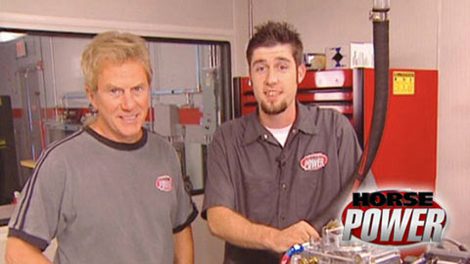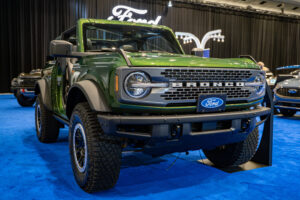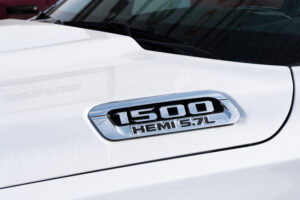
Bang for the Buck Dyno Testing Parts Combo Power Gains
The HorsePower hosts kick off a new, on-going series using their new DTS engine dyno to test performance parts combinations. Using a small block Chevy "mule motor", they'll bolt on a low profile, aluminum intake manifold and 600cfm carb and compare horsepower and torque numbers against the baseline.
Season 10
Episode 17






























